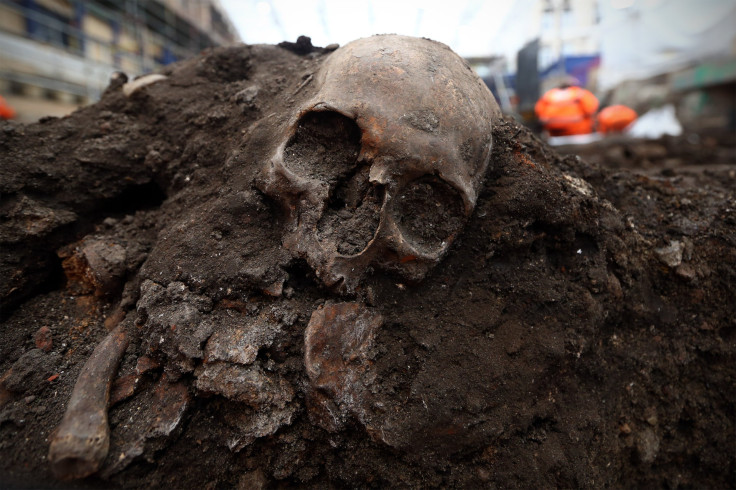Watch: Archaeologists Discover 7000-Year-Old Native American Burial Site Off Florida Coast

A team of archaeologists have uncovered a 7,000-year-old Native American burial site in the Gulf of Mexico near Venice, off the coast of Florida.
Historical researchers were alerted about Manasota Key Offshore (MKO) archaeological site back in 2016 when divers reportedly found traces of human remains on a continental shelf at a depth of about 6.5 meters (21 feet) below sea level.
A barnacle-crusted jawbone was recovered from the site at the time. A worn out molar attached to the ancient jawline, served as the first clue — suggesting it belonged to someone whose diet consisted of rougher substances that what people are used to eating today, Science Alert reported.
The following video shows archaeologists unearthing the burial site:
The Bureau of Archaeological Research (BAR) began conducting an extensive investigation into what has been called an unprecedented discovery and confirmed that there is a 0.75 acre-long burial site that dates back to the Early Archaic period.
"Our dedicated team of underwater archaeologists has done an incredible job of documenting and researching the Manasota Key Offshore archaeological site, and I am extremely proud of the work," Florida Secretary of State Ken Detzner said in a news release Wednesday, Fox News reported. "Our hope is that this discovery leads to more knowledge and a greater understanding of Florida’s early peoples."
Before sea levels rose to what they are today, the archaeologists believe that Native Americans used the site to bury their friends and family members. The site was protected by a "peat-bottomed freshwater pond" which was covered by the Gulf of Mexico when sea levels rose.
“Peat slows the process of organic decay, which allowed the site to stay well preserved," state officials said.
Vestiges such as a broken arm bone, pieces of skull, a collection of carved wooden stakes, and textile fragments, have been recovered so far from the burial site, which were traced back to six different ancient individuals. A complete scan of the area is expected to take time since the burial site is so huge.
The primary concern of Florida’s Division of Historical Resources (DHR) at present is to figure out the best way to preserve the site for generations to come.
"As important as the site is archaeologically, it is crucial that the site and the people buried there are treated with the utmost sensitivity and respect," said Dr. Timothy Parsons, the director of DHR. "The people buried at the site are the ancestors of America’s living indigenous people. Sites like this have cultural and religious significance in the present day."
State officials have warned the public not to try and remove ancient artefacts from the site without proper authorization, which would be considered a first-degree misdemeanor in Florida. The same goes for the vandalism of an unmarked site, which is a third-degree felony.
The importance of this burial site can be understood from the fact that the only known offshore prehistoric burial sites unearthed by historians in the past are located in Denmark and Israel.
"Seeing a 7,000-year-old site that is so well preserved in the Gulf of Mexico is awe-inspiring. We are truly humbled by this experience," said Dr. Ryan Duggins, an underwater archaeology supervisor for the Florida Bureau of Archaeological Research.
© Copyright IBTimes 2024. All rights reserved.






















